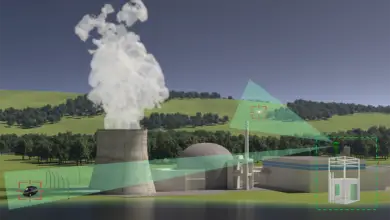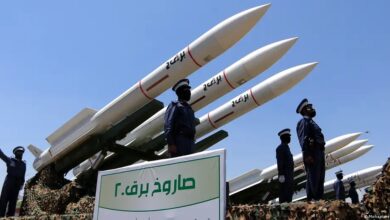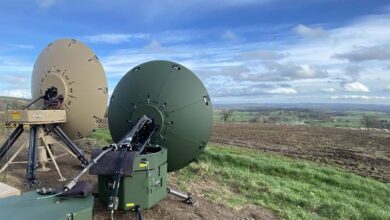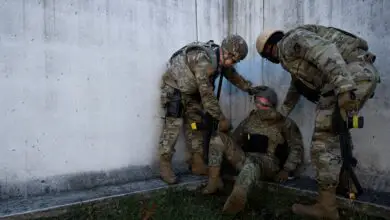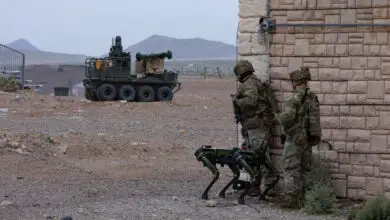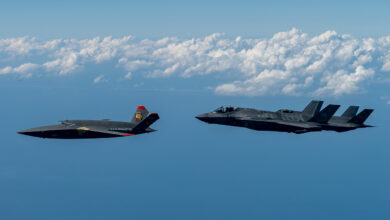The US military is operating without complete air superiority “for the first time since the Korean War” because of the proliferation of inexpensive, small drones, Marine Gen. Kenneth McKenzie said.
The US Central Command (CENTCOM) head, speaking to the House Armed Services Committee Tuesday, added that the commercially available drones, capable of being outfitted with explosives, are the most “persistent and dangerous” threat to troops in the Middle East in decades.
“These small-and-medium-sized UAS [unmanned aerial systems] proliferating across the [area of operations] present a new and complex threat to our forces and those of our partners and allies,” he remarked, as reported by AirForce Magazine.
No Credible Deterrence Yet Available
CENTCOM has acknowledged countering drones as their “top priority,” for which the command is looking at several systems, over and above the existing ones. However, the small size of the UAS makes the task difficult.
“There’s a lot of great work being done in the department, we are not there yet,” McKenzie said.
The easy availability of commercial UAS and rapid spread of the know-how to equip them with explosives has seen militant organizations such as Hamas, Hezbollah, and the Taliban using them in attacks against military and civilian targets.
US forces have reportedly shot down multiple ISIS surveillance drones in Iraq. In Syria, unconfirmed reports state that the terrorist organization has used commercial drones packed with explosives against Kurdish YPG (People’s Defense Units) fighters.
Advantage Non-State Actors
In February, while speaking at the Middle East Institute in Washington, McKenzie even acknowledged that non-state actors using these weapons systems have an advantage over American soldiers.
“Right now we’re on the wrong side of the cost imposition curve because this technology favors the attacker, not the defender,” he said.
“But we’re working very hard to fix this and flatten the curve. We have a variety of systems in the field already.”




